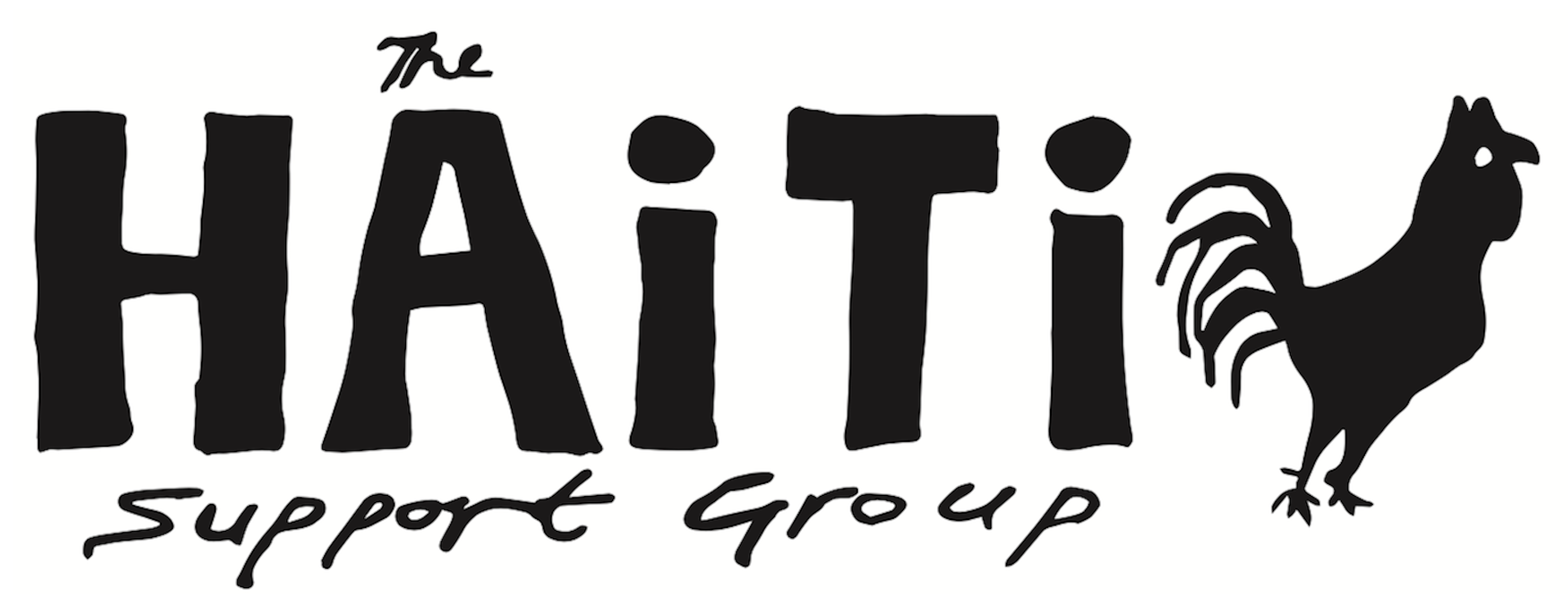Catching the Spirit exhibition at London’s October Gallery – review from THE TIMES newspaper, 18 October 2000 The voodoo that pins you
Despite official bans, voodoo survives in full colour in Haiti, says Rhoda Koenig
The term “voodoo” conjures up images of devil dolls and the walking dead, but the true story of this Haitian art, on show at London’s October Gallery, is, while less lurid, in a way more thrilling. The animistic religion was banned for 150 years by slave owners, and by the republic’s black rulers for another 150 – the former were terrified by it, the latter embarrassed. But the religion thrived in secret, subverting enemies it could not defy, in a country with so little hope of happiness in this world – Haiti has long been the poorest and most illiterate country in the western hemisphere.
The Catholic Church tried for centuries to drive out ‘vodou’ (its supporters, says Leah Gordon, author of The Book of Vodou, are trying to replace the American spelling suggestive of Hollywood zombies, with the Creole one). In response, vodou priests incorporated the Virgin into their religion, making her a love goddess with a trinity of boyfriends. Her followers seek to please her with offerings of perfume, pink champagne, and her favourite cigarettes (Virginia Slims, of course).
Vodou art entered the secular world only in the 1940s, when ethnographers publicised it and dealers encouraged it. The latter, says Gordon, provided canvas for painters who before then had been decorating only temple walls. The directness and vigour of vodou art delighted, among others, André Malraux, who called it the only magical painting of the 20th century. Vodou artists, Gordon agrees, “represent the spirits the same way that 14th-century Italians did the saints”. Coloured fuchsia and violet and turquoise, their gods of field and sea and forest float through the picture plane as expressively as they do through their painters’ lives.
Vodou dolls in Haiti are not named after one’s enemies and jabbed with pins: they sit on the altar to help worshippers communicate with the spirits. But they have begun to acquire a more sinister aspect. A load of unwanted Barbie dolls were dumped in Port-au-Prince market a while ago, and today – well, let’s just say that, when it comes to memories of blood-baths or a straight line to the unconscious, the artists of the Royal Academy have nothing on those of Haiti.


